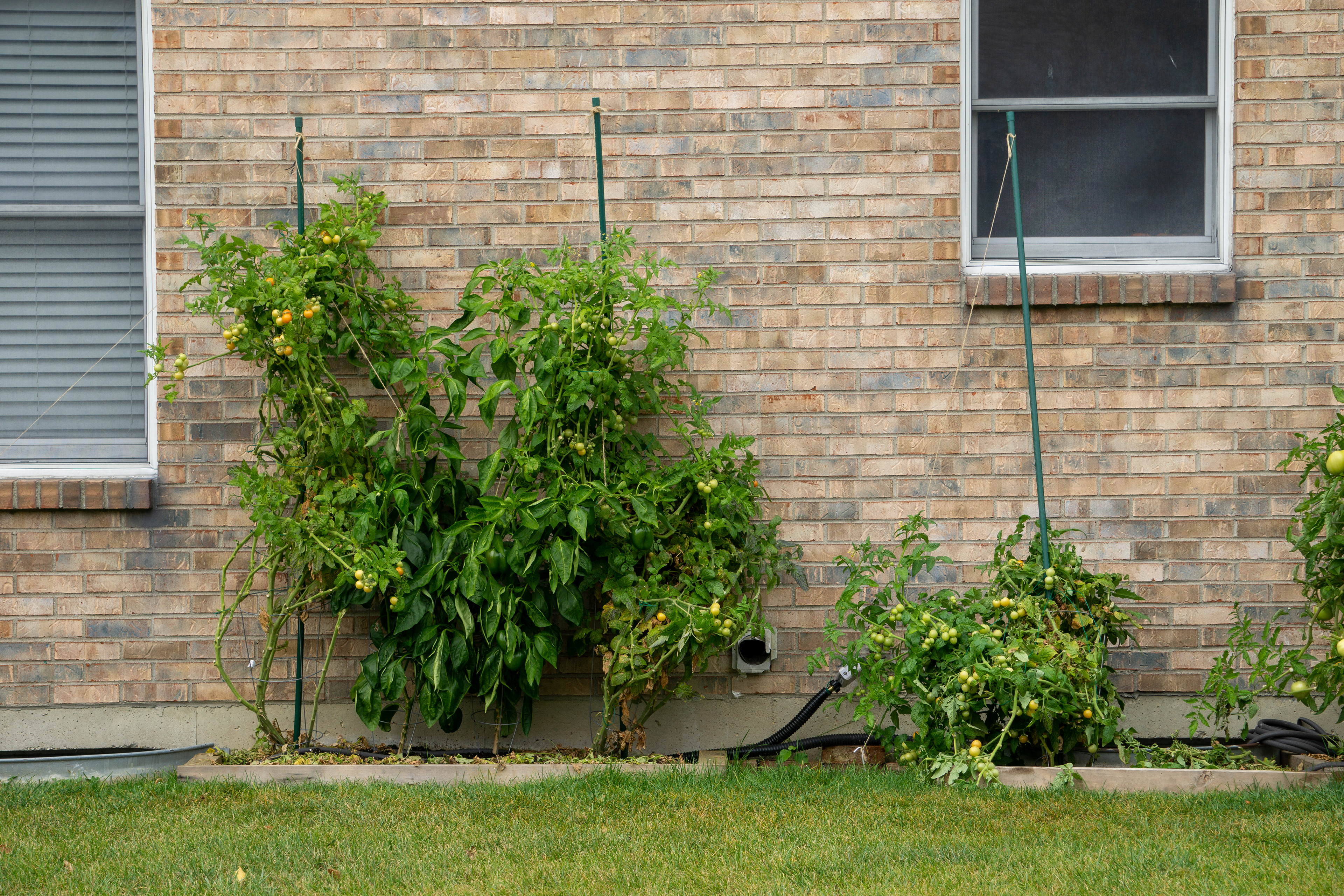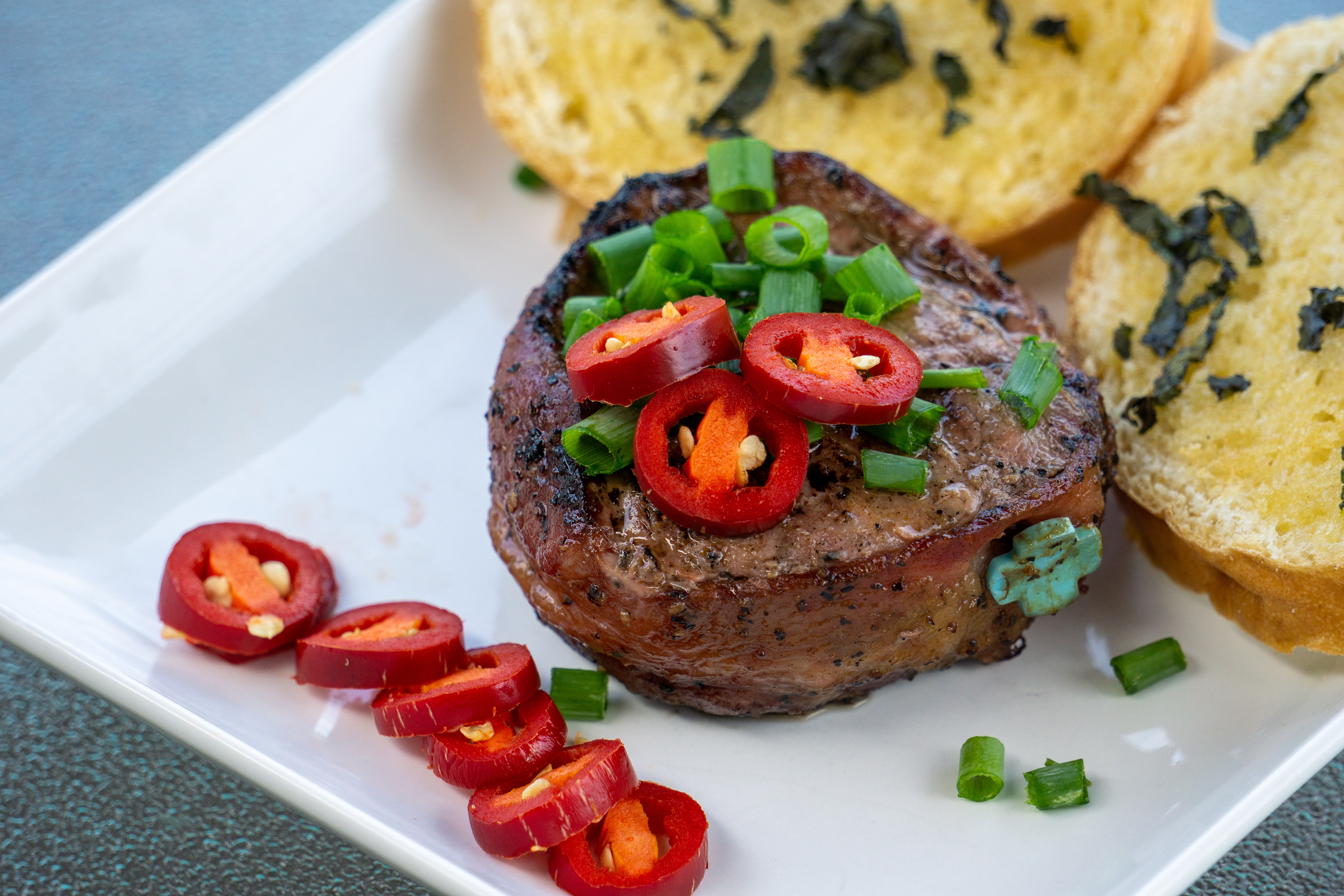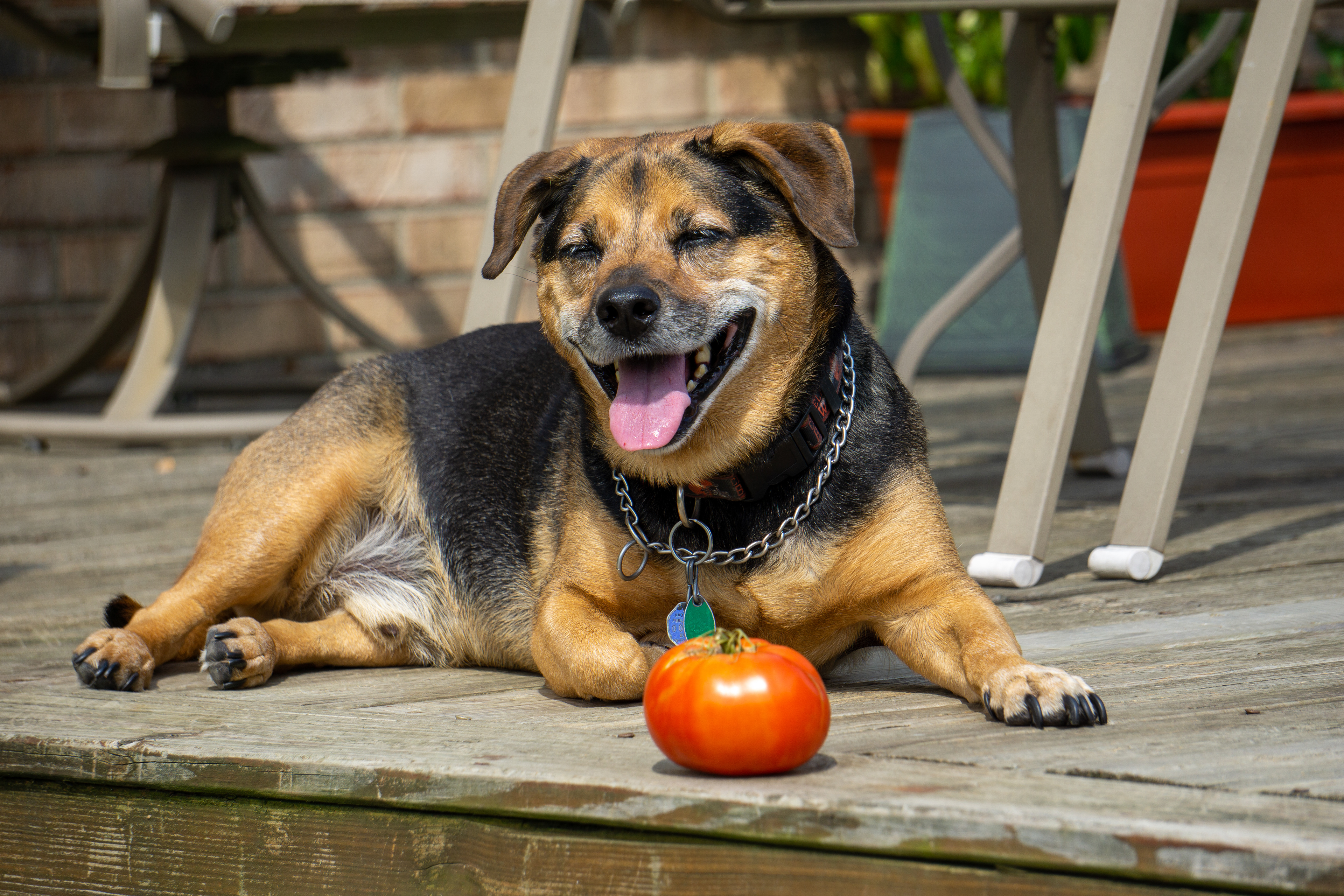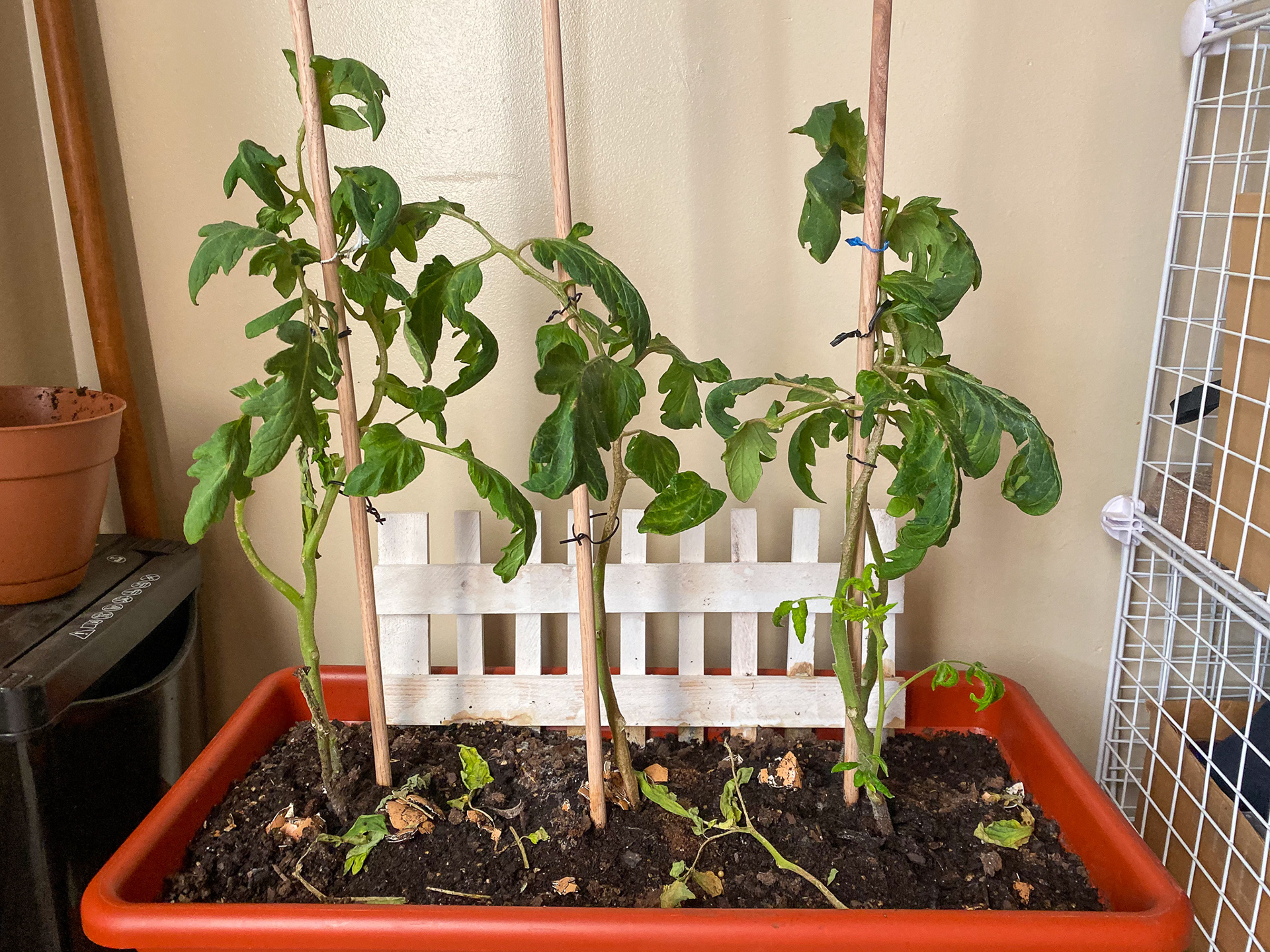

In September of 2019, I came to the conclusion I would like to grow tomatoes, and because I was impatient (and we were out of season), I naturally begin planting immediately and inside. My seeds sprouted, and ultimately grew relatively quickly, but by early November it was becoming apparent these fellas weren't getting all they needed to thrive, let alone survive. They grew to about 20", never showed signs of flowering, and they died.
Lesson #1: tomatoes need to be pollinated to produce fruit, and that happens much easier outside. Next time I will start the seeds indoors and then move them outside.
In March of 2020 I began sowing seeds indoors and I also picked up a handful of starter plants (as well as marigolds to help with the pollination). I'd bring them in when the weather was cool, and leave them out when it was nice. The tomatoes thrived! Until local fauna ate ALL of the seedlings and the tops of the marigolds and maters.
Lesson #2: birds and critters enjoy plants they otherwise would not have the opportunity to consume. The plants need to be protected.


In my true to nature over exuberance, I hastily constructed a chicken wire haven for my tomatoes, and decided to add bell peppers now that I would have a protective fortress for my vegetables. Mid April then did what mid April does, and got down to 26 degrees one night, swiftly ending that attempt to yield one tomato.
Lesson #3: "Don't plant till mother's day" is a fantastic reminder to take the last frost date into consideration prior to planting.
The above lesson really is suggesting not to put those plants in the ground until mother's day, so I picked up new starters, sowed new seeds, and setup a nursery of sorts in our breakfast nook. Plants would get natural sunlight thru the window, supplemented by 2 full spectrum LED lights. I would still take them out when the temps were good, but we stay inside otherwise. This is also the point where I figured I should continue to diversify my garden to hedge the risk of not producing anything. In addition to tomatoes and bell peppers, I picked up jalapeños, "big daddy hybrid" sweet peppers, as well as half a dozen different types of flowers.
I would say I had every intention of waiting until mother's day to plant outside, but again, patience is not one of my fortes so I went ahead and planted, but this time with the intention to cover the plants on cold nights. I didn't only intend, I indeed did cover each night, and when the lack of daylight was too long, I would also bring out the full spectrum lights and set them up under cover.

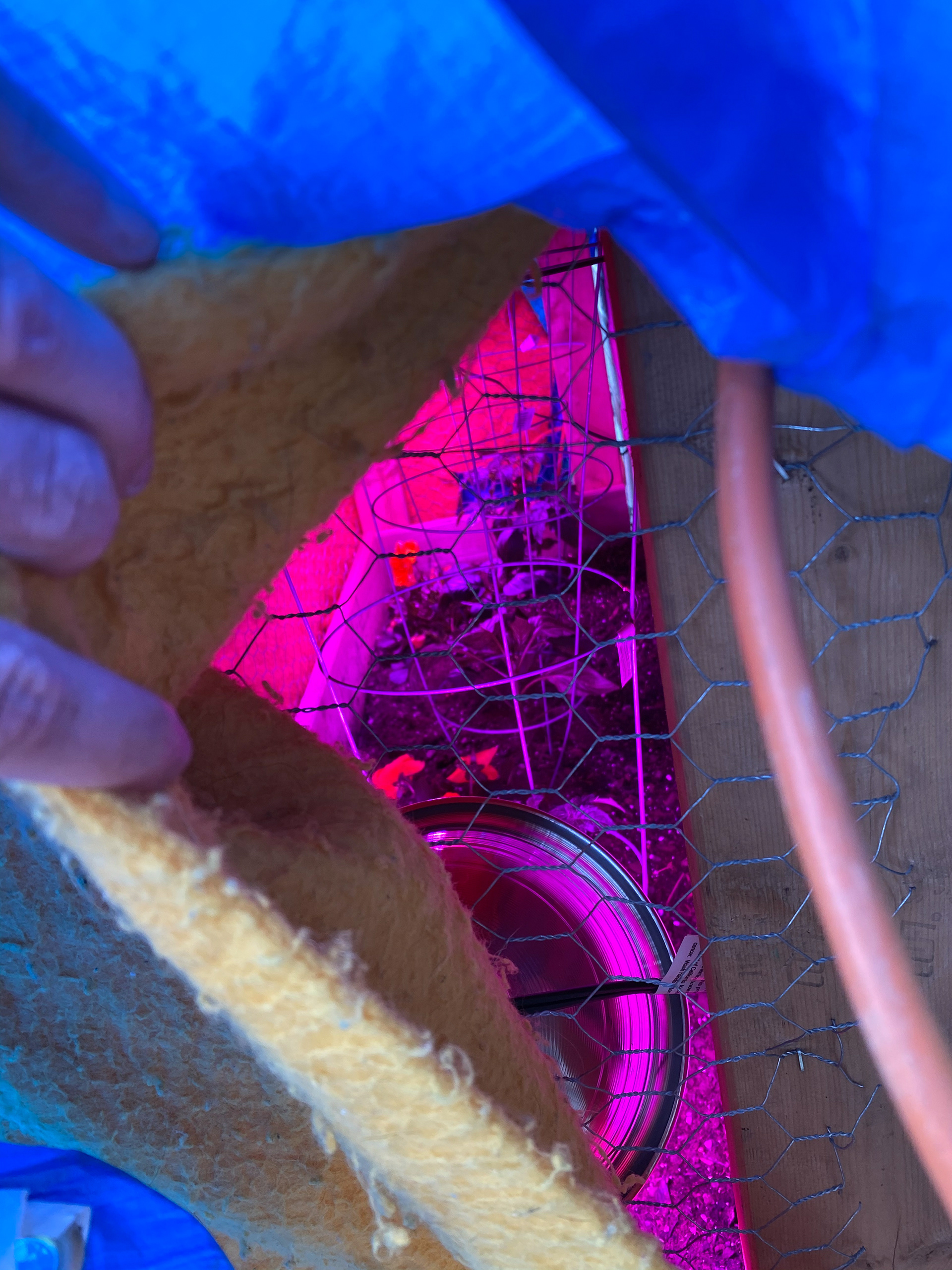

May 25, 2020: first signs are becoming visible that I may not kill everything I put into the ground. This was after 3 days away from the house for Memorial Day weekend, so it could be quite possible lesson #4 is patience, or something about "letting nature take its course". Some say there's no way to be sure. Anyways, I need to go check on them quick.
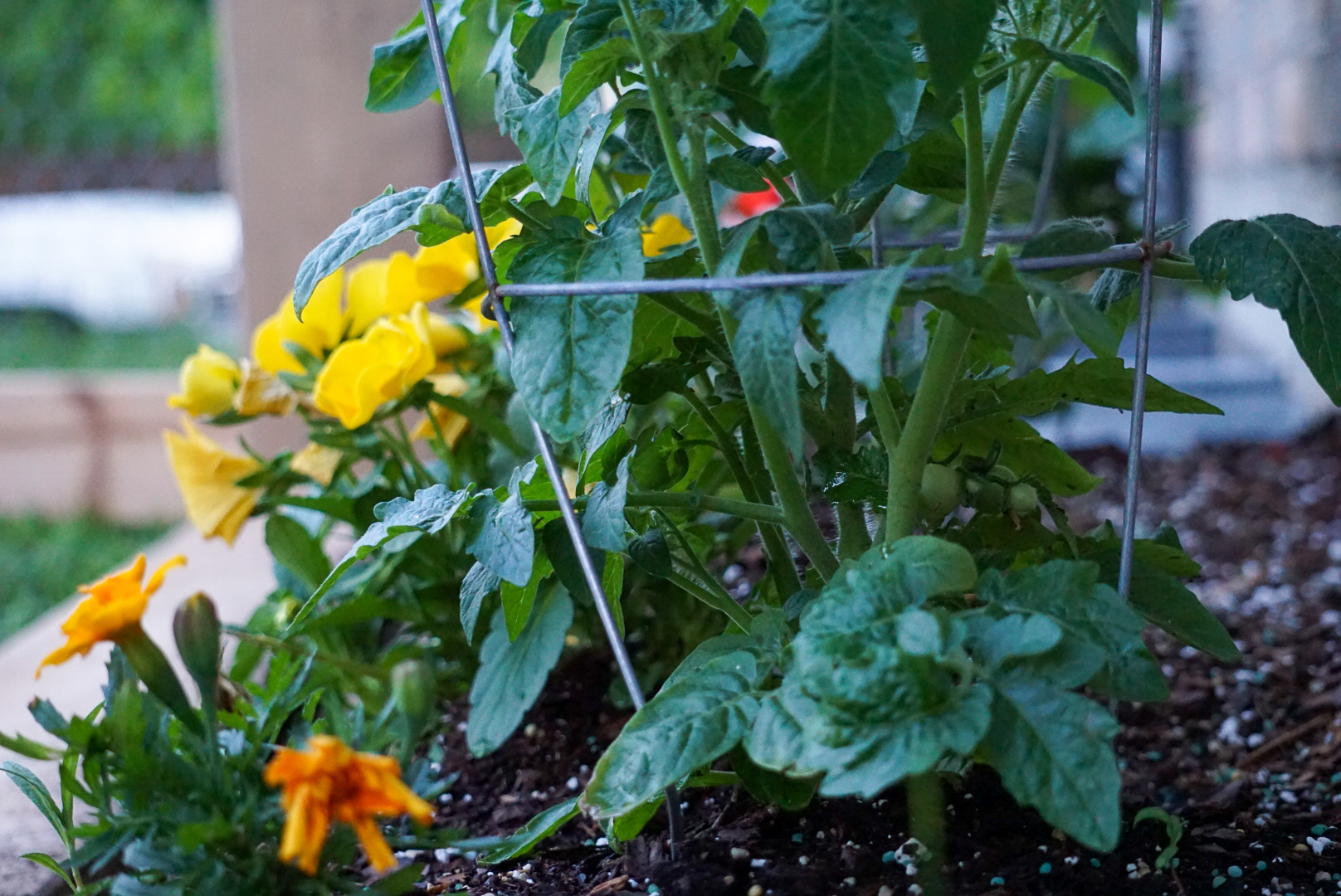
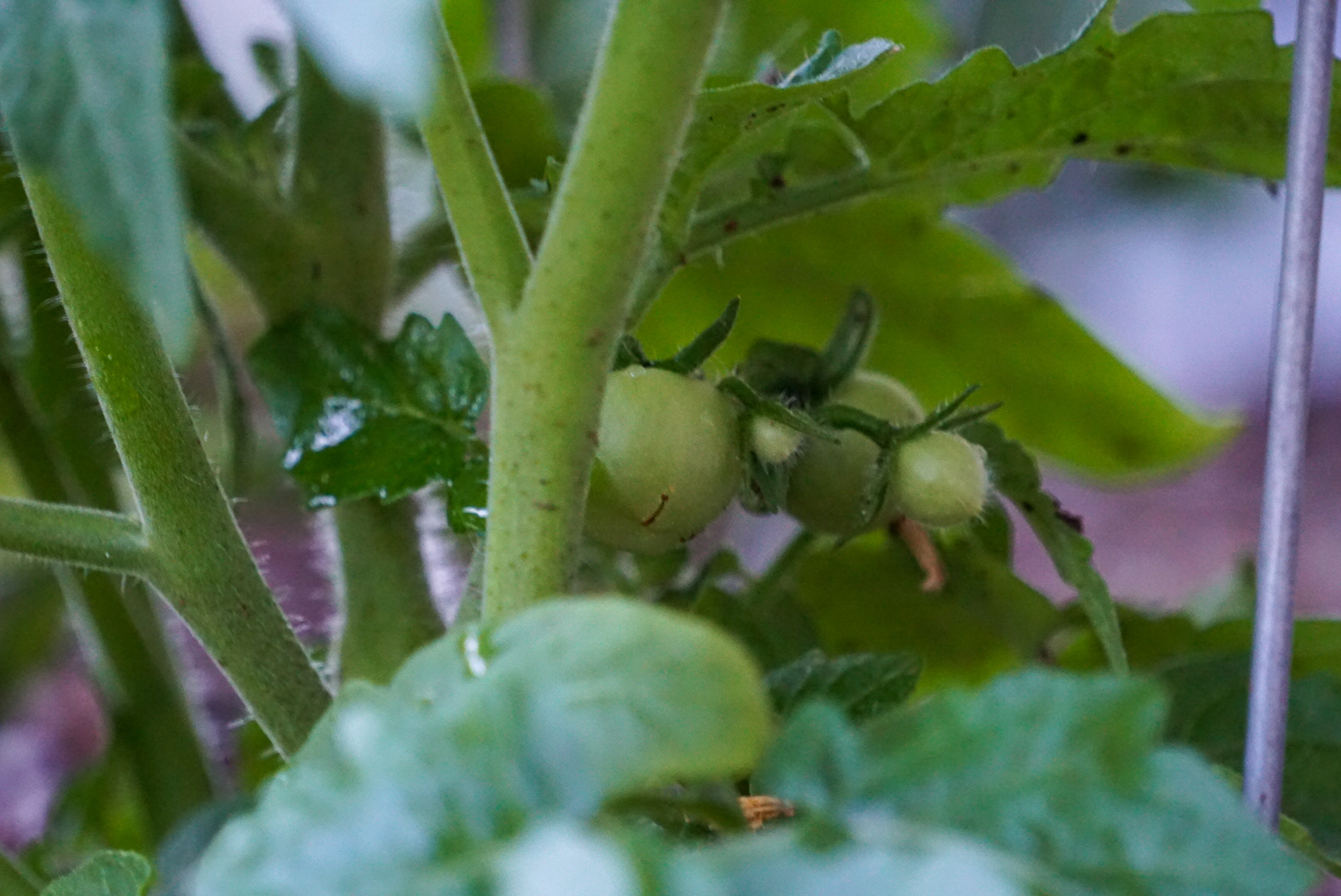
June 8, 2020: We harvested our first big daddy pimiento dulce pepper today with the intention of "harvesting early" to increase our yield for the summer. We're still under the impression these guys will turn yellow when maturing and grow a little bigger, so our fingers will remain crossed. It tasted incredibly similar to a regular green bell pepper. I think I was most surprised at the lack of seeds and how minimal the stem was.
After cutting this first pepper up, now I'm looking forward to letting a few of these mature, and then harvesting the seeds to use for next year and see if we can bypass the need for a starter. Continuing the non-tomato news, the jalapeños are coming in on both plants now, getting noticeably larger every day. Here's to a tomato oriented update before too long.
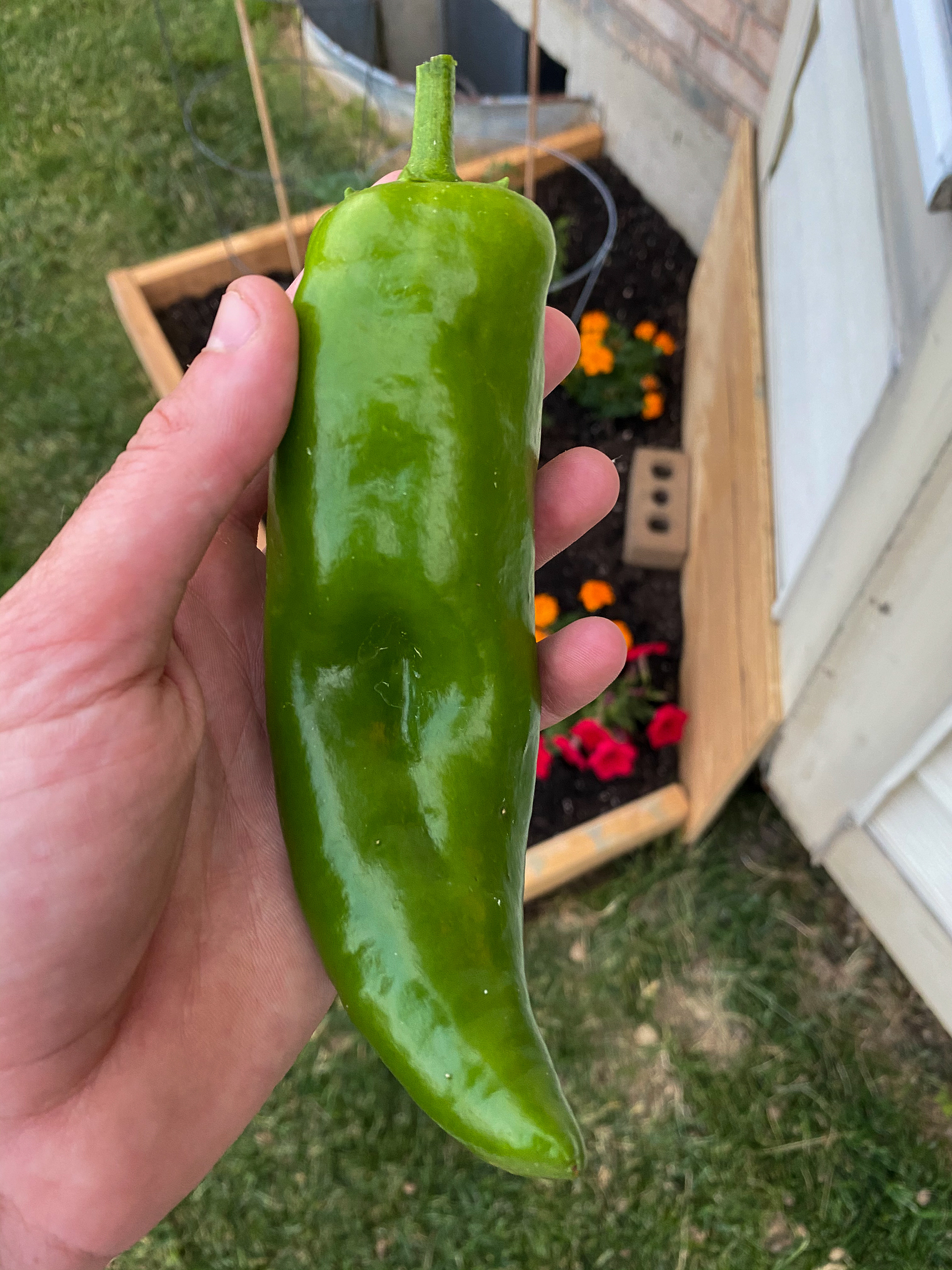
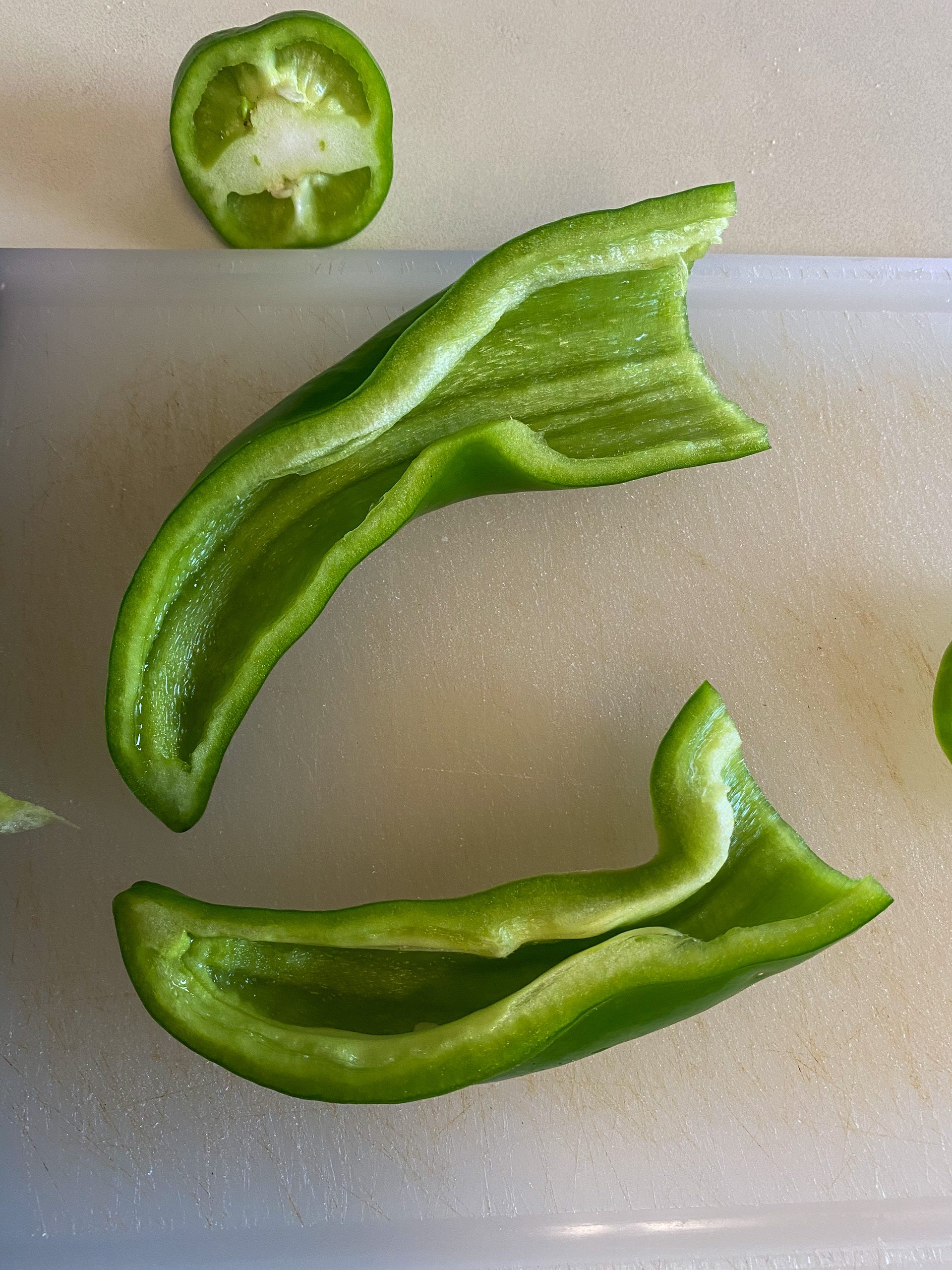

June 24, 2020: We harvested our first cherry tomato, and then the remaining 3 from the "quadruplets" who ended up getting to visit Port Clinton and the beach before becoming delicious snacks. Although we are now getting a few tomatoes, I did not "begin with the end in mind". The plants have outgrown (twice) the cages I have built for them, and I have had to add 8' stakes for additional support so they don't fall over.

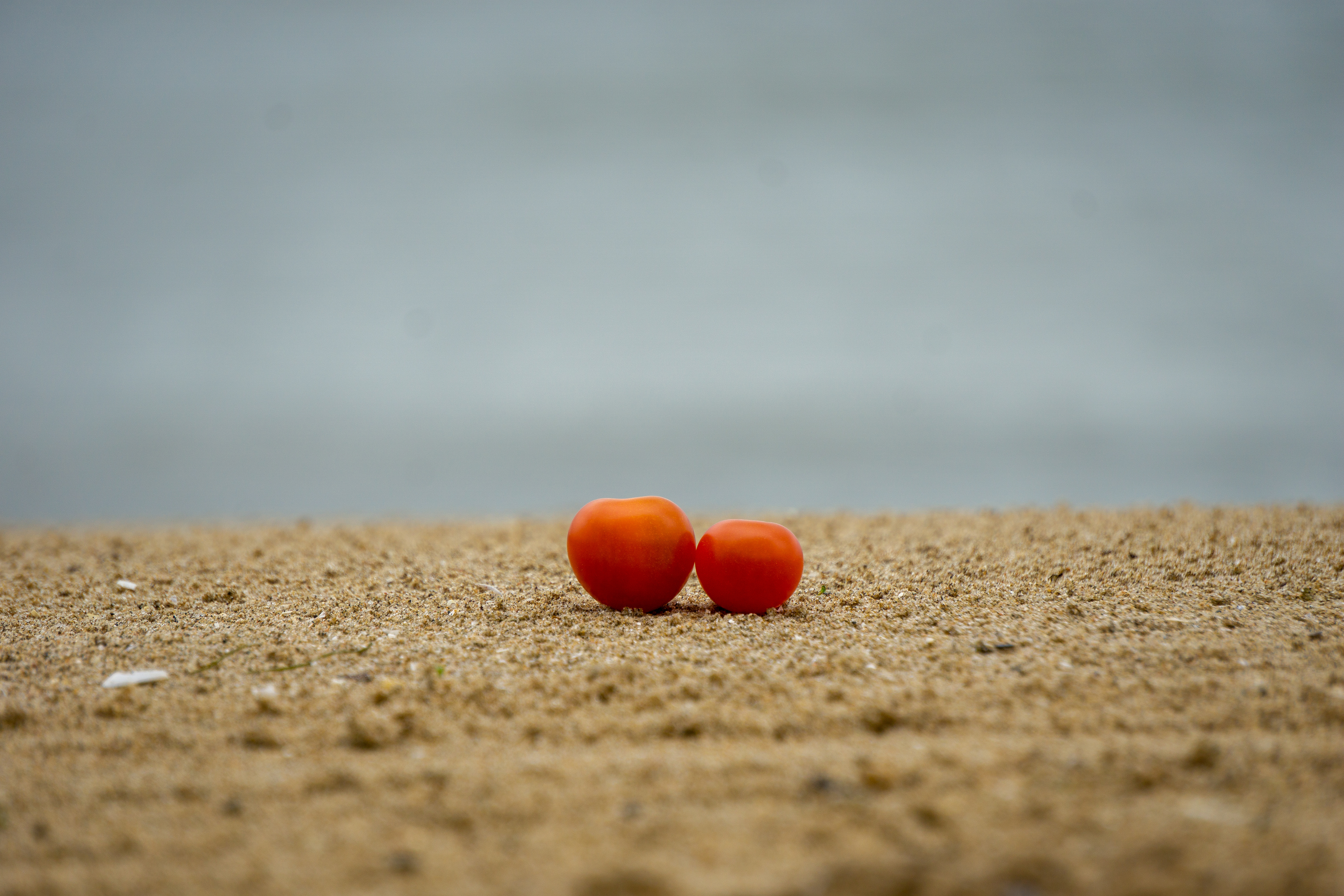
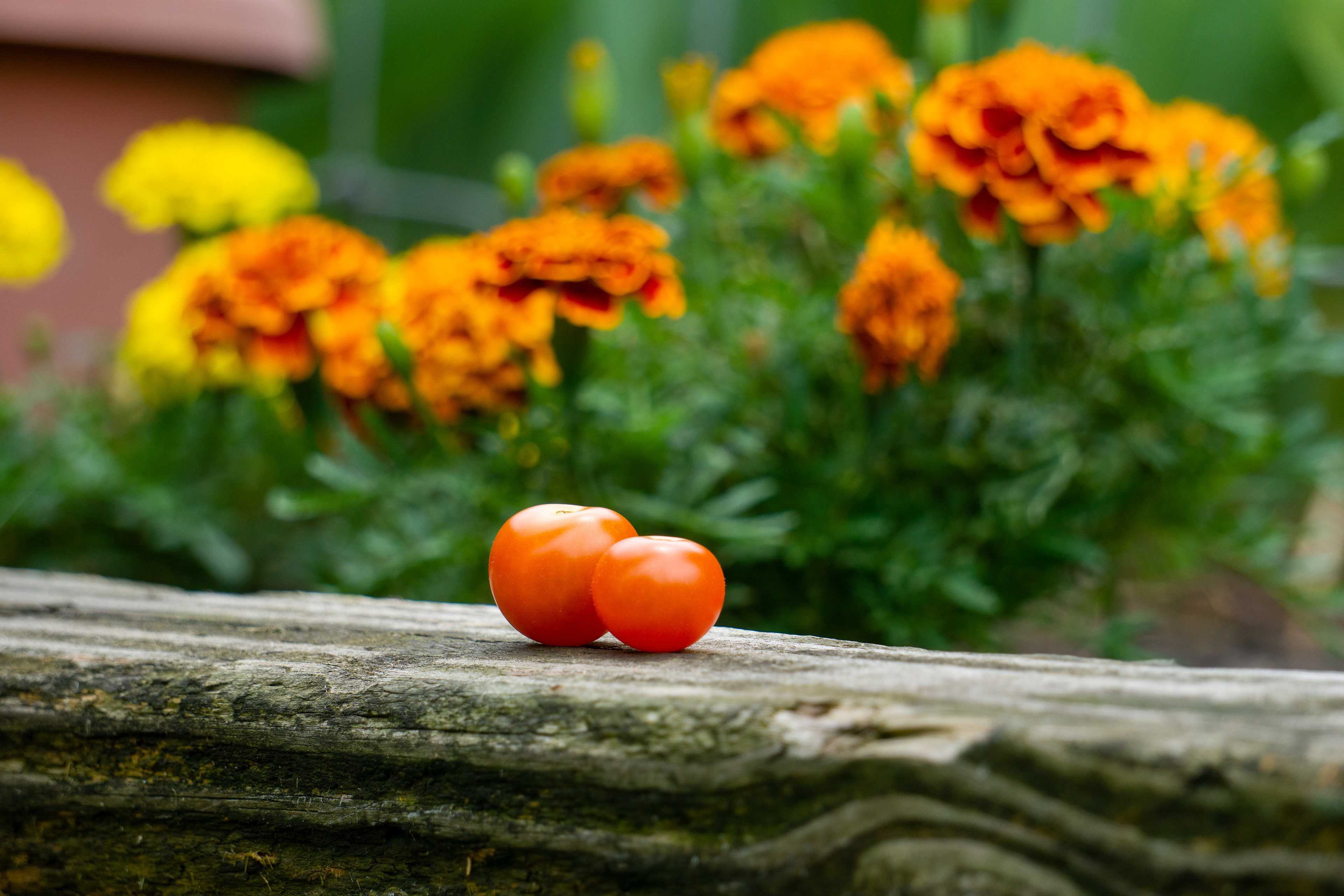
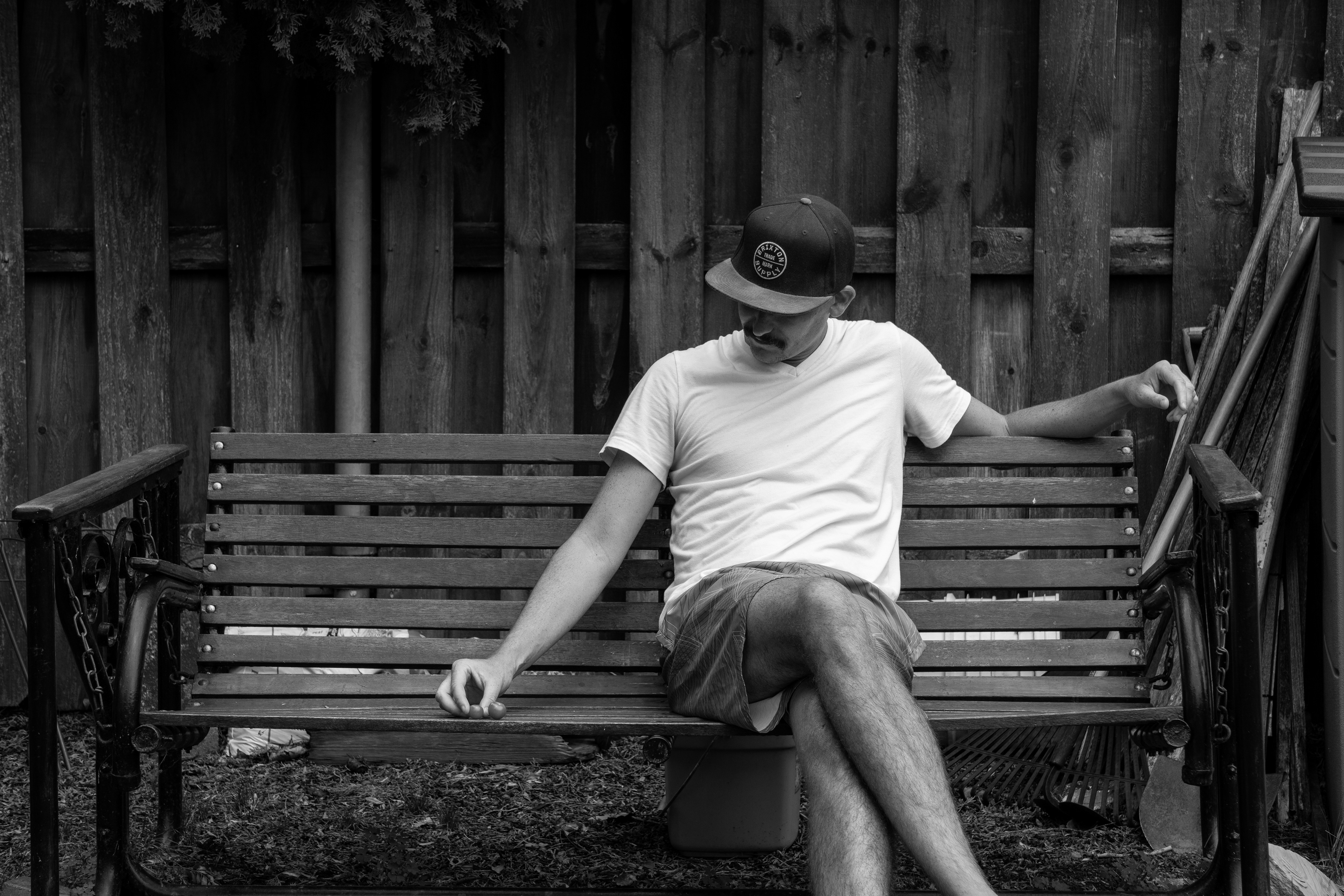
July 28, 2020: In the last month the garden has shown great improvement. We implemented an automated watering solution (B-Hyve + soaker hose) that comes with a mobile app for kicking off manual watering while also being able to program scheduled watering. The spreadsheet for tracking the harvest is actually becoming much more full of data points now, and to date we've harvested 196 cherry tomatoes, 38 jalapenos, 2 big daddys, and 2 bell peppers. The big daddy peppers that we had harvested were both green, but as of today we are finally seeing some yellow come in on the larger peppers. We haven't harvested a beefsteak tomato yet, but the largest on the plants (from seed) are about palm sized, and I'm hoping those will start changing color any day here. The beefsteaks are also much heavier than any of the other vegetables, so in addition to staking, we're wiring the vines to the cage for support to keep the vines from breaking under the new weight.
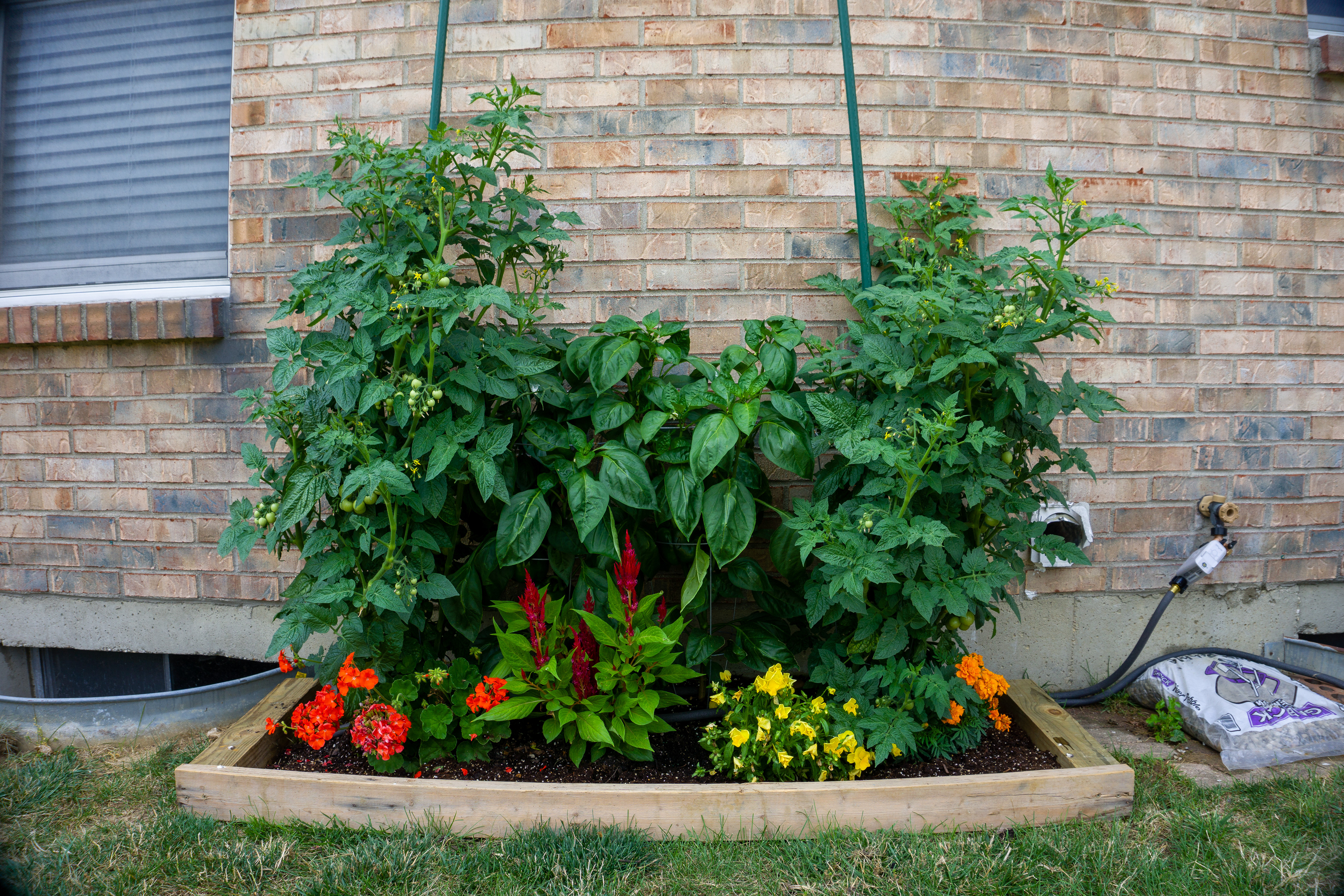
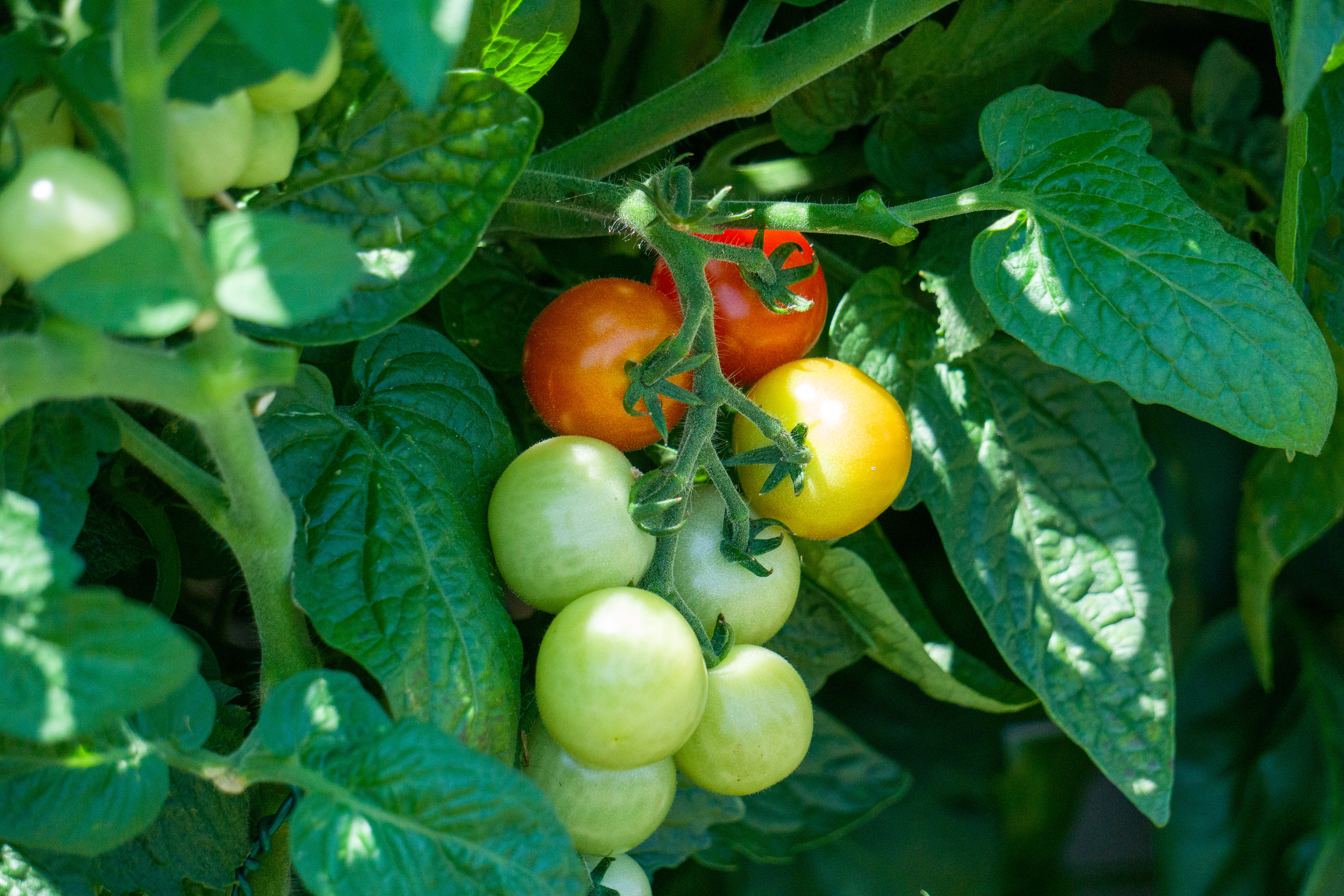

August 9, 2020: This is the update we've been waiting for! The beefsteak tomatoes we started from seed have produced some quality looking fruit. In my continued exuberance I pulled the mater earlier than I would have probably liked too, but it was time. The big daddys have continued to grow and mature, bringing out the bright orange and yellows we've been hoping for. The cherry tomatoes continue to produce like crazy, and thus far we have harvested 510. The jalapenos have been consistently hot, and we've been enjoying poppers every chance we get, and have pulled 80 of them so far. This was also a solid week from the data side, as I "implemented" a garden solution in Dynamics where I can easily track the harvests under each vegetable as well as all the milestone and duration information.
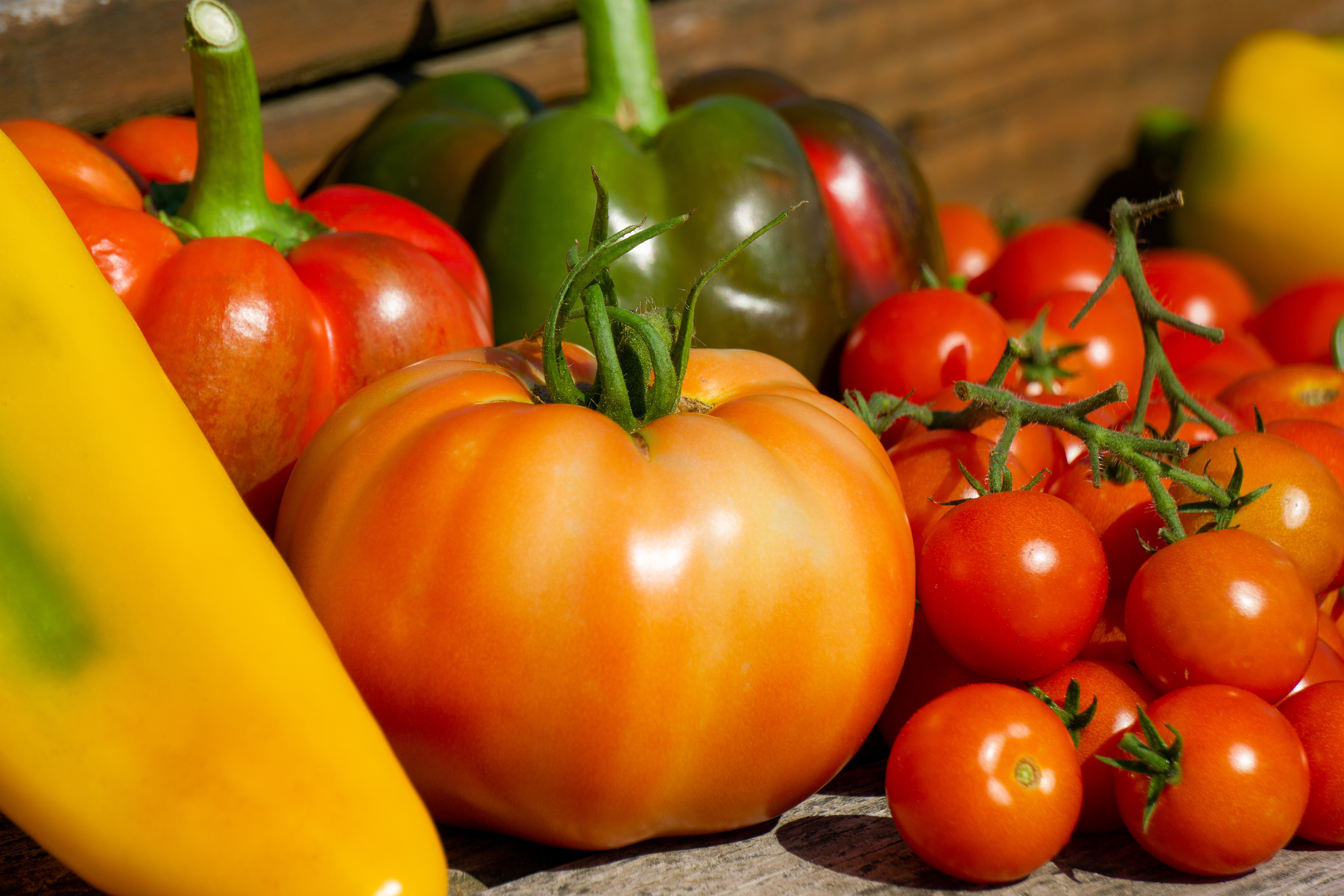
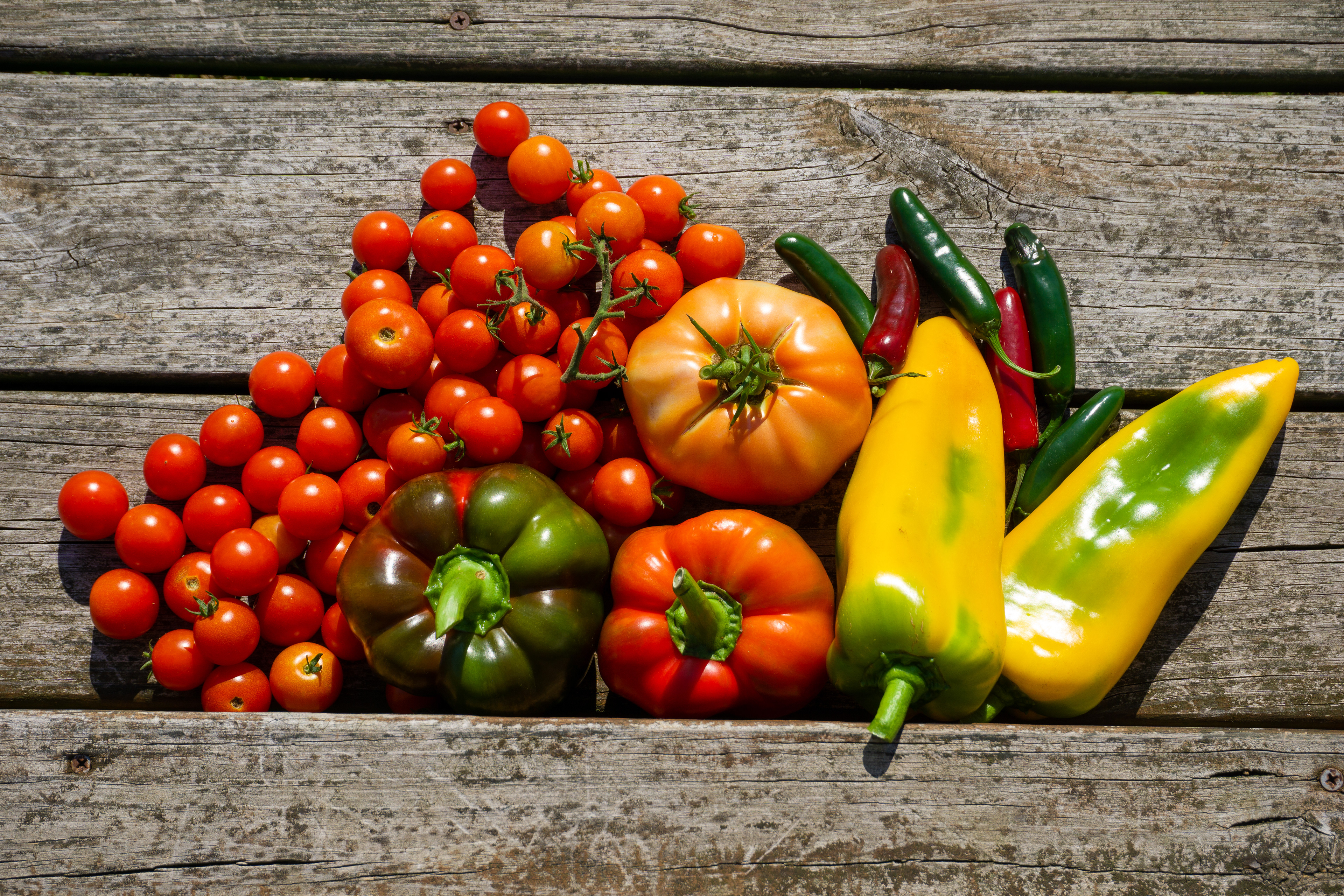
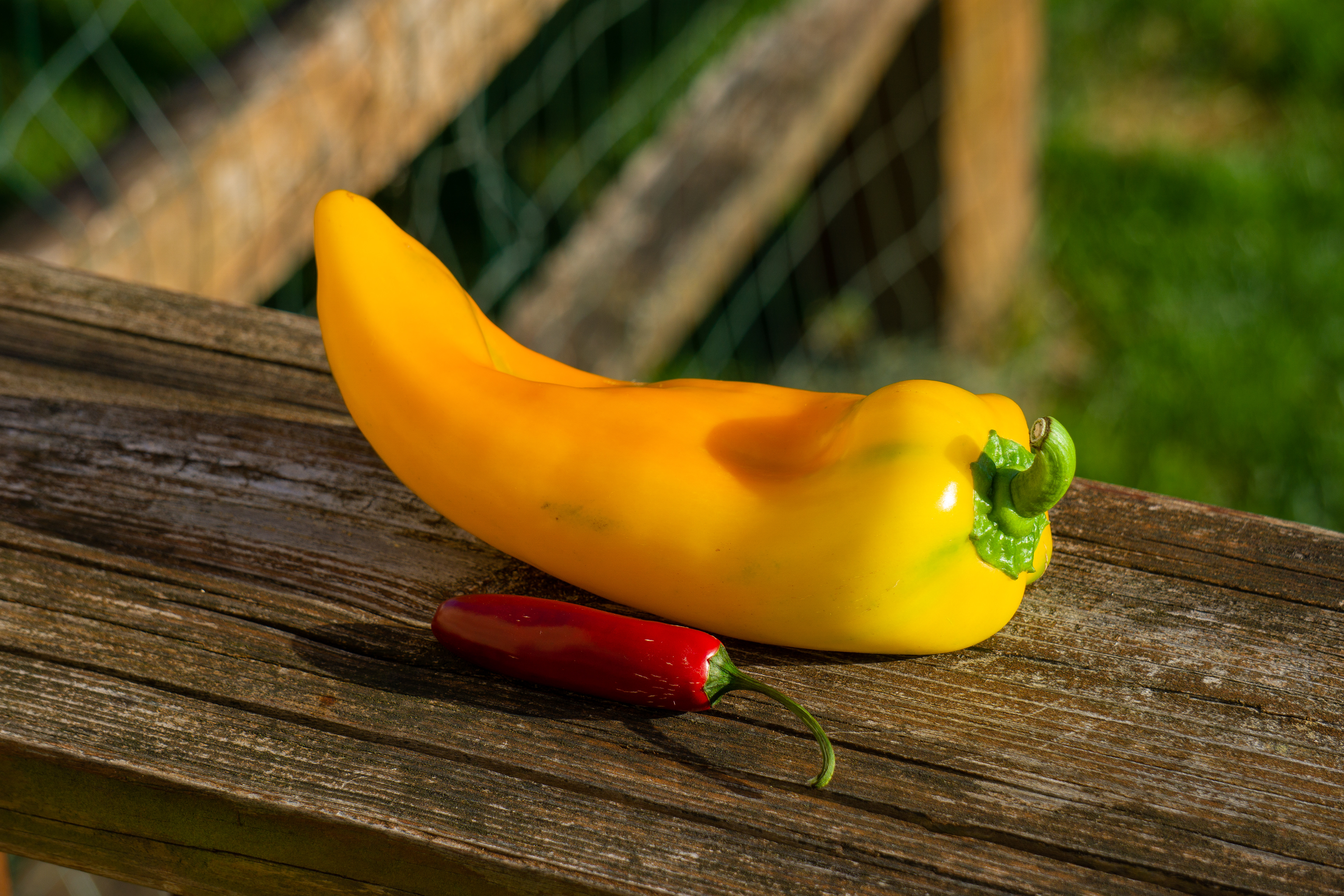
October 20, 2020: While the plants are no longer showing their most beautiful colors, they are still producing more than expected. We pulled 16 big daddys off before it cooled down to freezing on the 16th. We also covered the plants that night, and it either helped or wasn't that big of a deal because we are still getting veggies. Kosar has also begin to show at least a level of tolerance for the garden. Who knows if there will ever be an appreciation.
